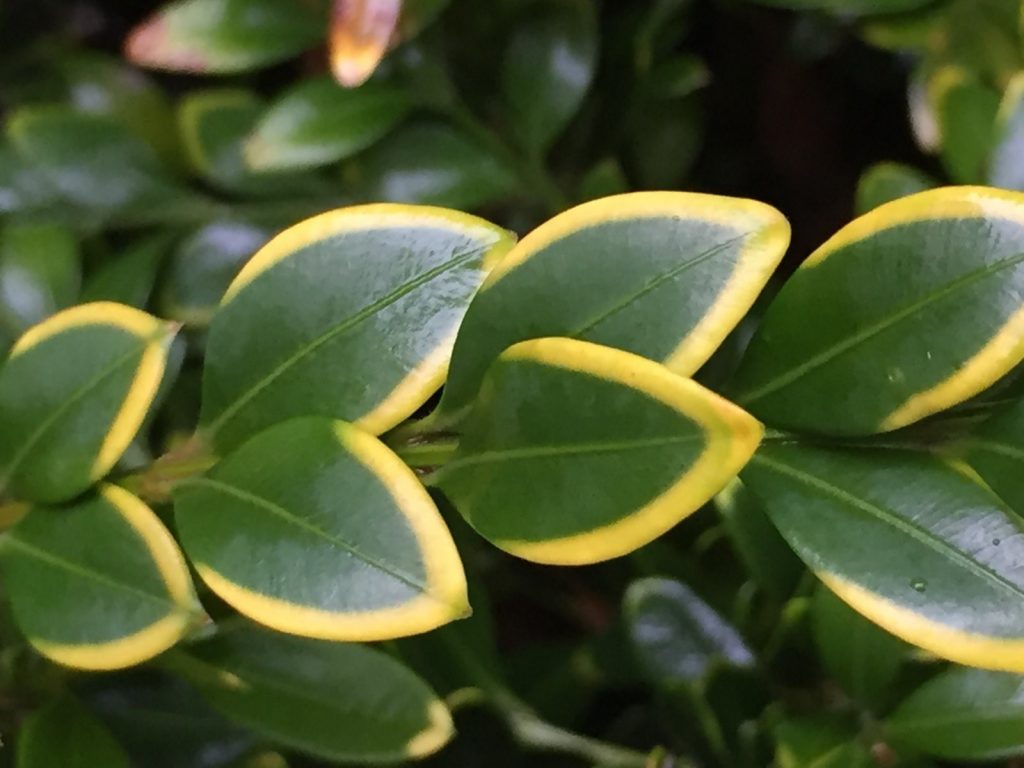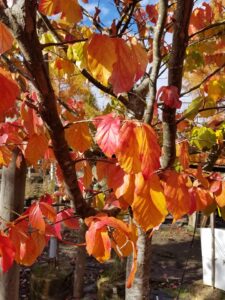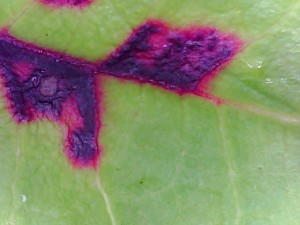Boxwood Bronzing
As we come out of the winter I wanted to talk about everyone’s favorite hedge plant, boxwood.
The english boxwood, Buxus sempervirens, along with its many varieties and hybrids make for great, easy to maintain and robust orderly hedges.
If you are not familiar with boxwood bronzing it usually involves a discoloration of the upper leaves of the plant which can be quite disconcerting to the average gardener. Ultimately bronzing in boxwoods is a stress response, and while it can be seen in the summer due to water stress it is most common in winter.
During the winter bronzing is caused by freeze thaw cycles often due to cold temperatures along with wind and sun exposure. This is different from cold damage which affects only the newest foliage in late fall and kills the associated leaves and stems entirely.
Luckily for us boxwoods are hardy and often recover from bronzing quite quickly in spring as the plant becomes more active and the stressors stop.
So why talk about boxwoods in winter? Boxwood bronzing.

Boxwood margin yellowing
Zack again to talk about boxwoods, another common issue is margin yellowing. Margin yellowing is most commonly associated with nutritional deficiencies. So you might ask, do I put more fertilizer on it? Unfortunately it may not be so simple.
Boxwoods like nice neutral soils, ranging from about 6 to 7.5 PH. The issue in the PNW is our acidic soils, and container production isn’t immune due to our reliance on local renewable media, in the form of bark. In the PNW soils, a bitcoin mixer and soiless media hover around 4.5-5.5 PH. This makes a number of nutrients less available in the soil.
Thankfully boxwood can quickly outgrow this damage and often fail to develop symptoms in the landscape due to a considerably higher presence of minerals in natural soils. So consider using native soils, avoid conifer bark and give those boxwoods a new home, in time they’ll shine.

CATEGORIES
————————
RECENT POST

What’s New With Trees Blog October 2021
During the dreary months of Winter 2020/2021, we tried something new at Puget Sound Plants. We created a campaign to reach out and start purposeful conversations with various Landscape Architects throughout Washington State.

Boxwood Bronzing
Boxwood Bronzing As we come out of the winter I wanted to talk about everyone’s favorite hedge plant, boxwood.The english boxwood, Buxus sempervirens, along with

Leafspot Part 2
Leafspot Part 2 Last month I talked to you about fungal leafspot, now we’re onto the harder of the two, bacterial leafspot. Bacterial leafspot is


I have miniature boxwoods on each side of my walkway 12 on each side only 5 of them on one side have leaves turning bronze